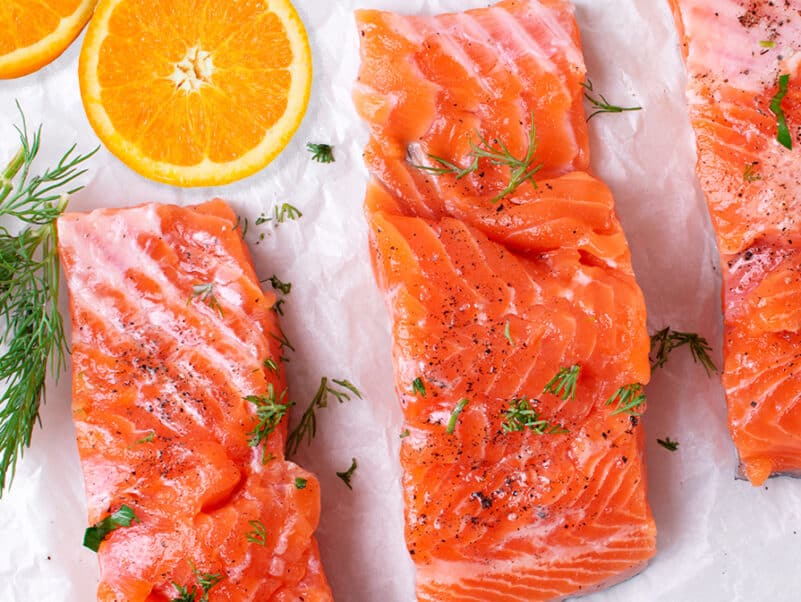Test your Calorie IQ
You undoubtedly know that if you consume more calories than you burn, you will gain weight—and if you do the opposite, you will lose weight. But do you know where calories come from and what the best way to burn them is? Take the following quiz, based on information from Carole A. Conn, PhD, RD, instructor of nutrition science at the University of New Mexico, Albuquerque (UNMA); and Len Kravitz, PhD, researcher and coordinator of exercise science at UNMA.
1.__T__F The primary source of calories is carbohydrates.
True. All foods come either from plants or from animals that have eaten plants. Plants create carbohydrates, the primary food molecules that contain the energy known as calories. From carbohydrates plants can create other molecules (including fats and proteins) that also contain captured energy. Like plants, humans can use carbohydrates to make many fats and proteins. But the primary source of all calories remains carbohydrates themselves, which plants alone can create.
False. Different foods have various calorie levels. Why? Their regular servings contain different amounts of carbohydrates, proteins and fats, and these energy-producing nutrients supply different amounts of energy per gram. Fats supply the most energy, at 9 calories per gram. Carbohydrates and proteins provide 4 calories per gram.
False. Many supplements promise to enhance calorie burning and trigger weight loss without changes in diet or activity level. The major component in these supplements is either ephedra (also known as Ma Huang) or ephedrine, the synthetic equivalent of ephedra. These supplements cannot be recommended for maintaining a healthy body weight, either because they have not been proven effective in humans or because the risks of heart or nervous system problems associated with these supplements may outweigh their benefits.
4.__T__F Endurance training is crucial for calorie burning.
True. Endurance (cardiovascular) exercise contributes to several changes in body cells that enhance calorie burning. To be effective, endurance exercise should use the large muscles of the body in a continuous, rhythmic fashion; be relatively easy to maintain at various workout intensities; and satisfy your personal interests. To avoid overuse injury, regularly vary the mode of endurance training.
True. The largest component of the calories your body uses is the energy needed to maintain your resting metabolic rate (RMR), or the calories you need at rest to maintain all of your body’s vital processes and systems. Increasing your RMR helps enhance calorie burning. Various factors influence RMR, but the amount of muscle tissue–the body tissue that burns the most calories–is particularly important. As you probably know, strength training builds muscle. And the more muscle you have, the higher your RMR and the more
calories you will burn.
Interval training combines high-intensity work segments with low- to moderate-intensity segments. The following sample interval training program is designed to enhance your body’s calorie-burning capacity. Choose an endurance activity you enjoy, such as walking, jogging, cycling, rowing, stair climbing or elliptical training.
Begin gradually with a 3- to 5-minute warm-up of light-intensity cardiovascular activity to prepare the heart, lungs and musculoskeletal system for the workout to follow.
- After the warm-up, train for 4 minutes at a high intensity, then for 4 minutes at a light to moderate intensity.
- Alternate these 4-minute intervals for the entire workout to enhance the calorie-burning cellular systems. During the high-intensity interval, you should feel comfortably challenged. During the moderate-intensity interval, you should feel somewhat challenged.
- Start with a 20-minute workout and progress to 60 minutes over several weeks, according to your fitness level.
- For variety, regularly alternate the interval program with a continuous cardiovascular exercise program— one in which you work out at a steady, moderate rate.





